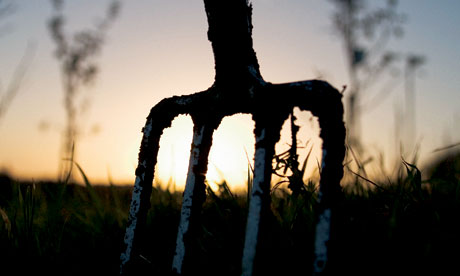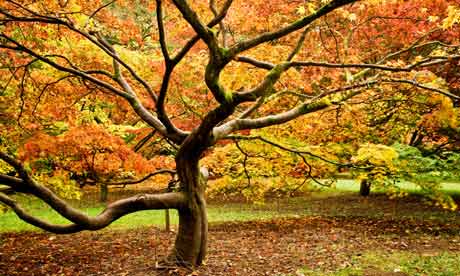
FSC Timber
Whilst you have been looking at garden furniture on Alfresia, you might have spotted that many of our wood products are manufactured from FSC Certified Timber. This is all very well and good, but what does it actually mean? FSC stands for the Forest Stewardship Council. Across the world, destructive deforestation occurs every day, resulting in habitat destruction, pollution of the water and air, the displacement of inidenous peoples and violence against both people and animals in the forest.
A growing number of companies reject the idea that this is the only way to source timber, and instead believe that forests can be both managed and protected simultaneously. The FSC certification means that timber has been taken from the forest in an ethical manner. If all logging was forced to apply for FSC certification, through pressure from consumers like yourself, then we would be able to preserve enormous areas of the vital resource that is the forests: still supplying ourselves with timber, but doing so in a safe and sustainable way.
The FSC has a list of 10 principles that must be met by companies who want this certification:
- That the forest management in question complies with all local, national and international laws to which the country with the forest has signed up to.
- Long term rights and tenure to land must be well documented and legally obtained.
- The legal rights of indigenous peoples to the lands for living or gathering resources must be respected and given precedence.
- Operations shall endeavour to maintain or enhance the long term social and economic wellbeing of both workers and forest dwellers.
- Operations shall encourage the efficient use of the forest’s multiple products and services to ensure economic viability and a wide range of environmental and social benefits.
- Management must maintain the biodiversity of the forest and protect and respect its associated resources.
- A management plan — appropriate to the scale and intensity of the operations — shall be written, implemented, and kept up to date.
- Appropriate to the scale and intensity of forest management, monitoring to assess all aspects listed above and any further effects to the forest.
- Management activities in high conservation value forests shall maintain or enhance the attributes which define such forests.
- Plantations shall be planned and managed in accordance with Principles and Criteria 1 – 9, and they should complement the management of, reduce pressures on, and promote the restoration and conservation of natural forests.
What is pressure treatment?
Pressure treating is a process by which chemical preservatives are forced deep into the timber. As an aside to its preservative benefits, this process makes the wood unappealing to vermin, insects and fungus, accounting for its 20+ year lifespan under even the harshest conditions. A preservative coating should be applied, however, to prevent slight weathering.
When working with pressure treated wood, remember that it does have a chemical inside and exercise these cautions:
- Wear a mask when cutting – the sawdust can be an irritant to nose/eyes/mouth.
- Try to collect sawdust for disposal – put a tarp down over the whole area.
- Do not burn this wood. Give it to professionals.
- Under no circumstance use this wood for surfaces that will come into contact with food.
- Only use outdoors.
Alfresia is a supplier of garden furniture.











